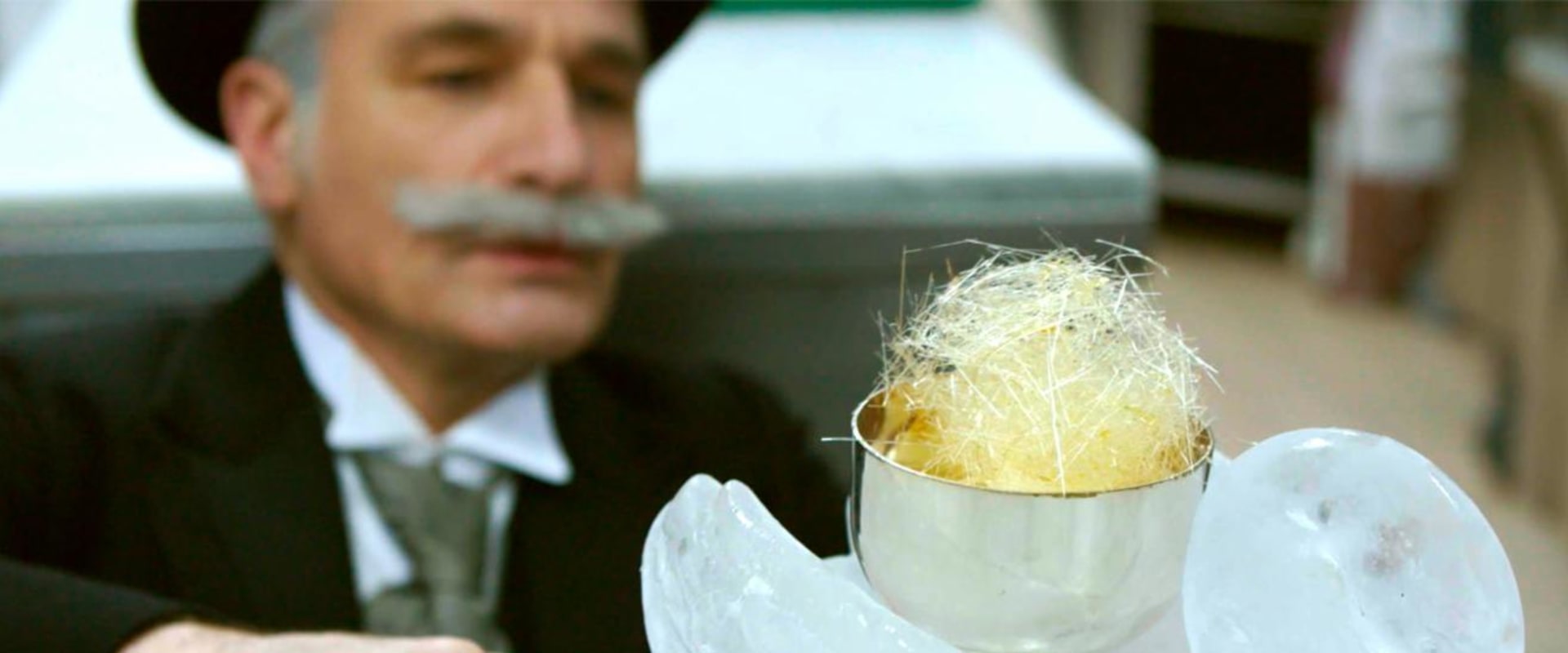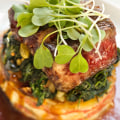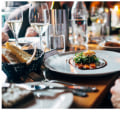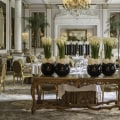Haute cuisine, translated from French as haute cuisine, was invented in France by George Augustine Escoffier in the mid-19th century. This kitchen is characterized by an elegant presentation with meticulous attention to detail and a rigorous search for quality ingredients and techniques. Georges Auguste Escoffier was a central figure in the modernization of haute cuisine starting in 1900, which became known as cuisine classique. These were simplifications and refinements of the early works of Carême, Jules Gouffé and Urbain Dubois.
It was practiced in large restaurants and hotels in Europe and elsewhere for much of the 20th century. The main innovations consisted of replacing service à la française (serving all dishes at the same time) with service à la russe (serving meals on plates) and developing a kitchen system, based on Escoffier's Le Guide Culinaire, which formalized the preparation of sauces and dishes. In its time, it was considered the pinnacle of haute cuisine and was a different style from bourgeois cuisine (the cuisine of wealthy city dwellers), working-class cuisine in bars and homes, and the cuisine of the French provinces. In 1969, a group of French food critics led by Henri Gault and Christian Millau began publishing a guide to French restaurants called Le Nouveau Guide (later changed to Gault Millau).
He promoted restaurants and chefs all over France that broke the rules of haute cuisine and presented foods without heavy sauces in aesthetically pleasing arrangements. For this reason, primitive haute cuisine was accessible to a small demographic group of rich and powerful people. This “assembly line” approach to building plates filled with glorious food may have been inspired by Henry Ford; its introduction to professional kitchens significantly reduced waiting times and allowed commercial establishments to turn the tables and, therefore, make more profits, without affecting the quality of this haute cuisine. Haute cuisine represents cooking and eating food carefully prepared with regular and top quality ingredients, prepared by specialists and commissioned by those who have the financial means to do so.
This controversy was designed to make French chefs abandon their unconditional devotion to the traditions of haute cuisine. So what exactly is haute cuisine? While everyone knows that the French are the best in the restaurateur industry, haute cuisine is more than just being French. Haute cuisine is influenced by French cuisine, with elaborate preparations and presentations, which serves small and multiple dishes prepared by a hierarchical kitchen staff, historically in large restaurants and hotels in Europe. Nowadays, French haute cuisine continues to emphasize small menus with high-value ingredients and the culinary sophistication of restaurants.
Haute cuisine differed from normal French cuisine by what it was cooked and served, by obtaining top quality ingredients, such as fruit out of season, and by using ingredients that are not usually found in France. In fact, it was Escoffier who started a system of brigades in the kitchen, which became a prototype of haute cuisine kitchens around the world. However, within 20 years, chefs began to return to the previous style of haute cuisine, although many of the new techniques remained. Haute cuisine was developed to please the most demanding palates with a tasty meal, and a lot.
During the 20th century, and in particular in the years after World War II, French haute cuisine (haute cuisine, that is, foods with the highest standards) was considered the ultimate in exquisite culinary experiences. And the great restaurants and chefs of French haute cuisine began to adapt their dishes — and their way of thinking — to the times. A technique that creates a rich and tasty sauce without all the butter and cream of the haute cuisine style is the de-glaze method of sautéing prepared foods in a pan. .




Leave Reply